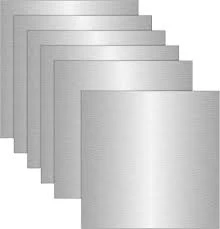Car roof seal strips are typically made from rubber, foam, or other flexible materials, designed to fit snugly between the car's roof and its windows. Their primary function is to prevent water, dust, and noise from entering the vehicle interior. Additionally, these seals ensure that the car’s climate control systems work effectively, keeping the cabin warm in winter and cool in summer. Proper sealing enhances the overall driving experience by contributing to a quieter ride and reducing external weather impacts.
 Home
Home










